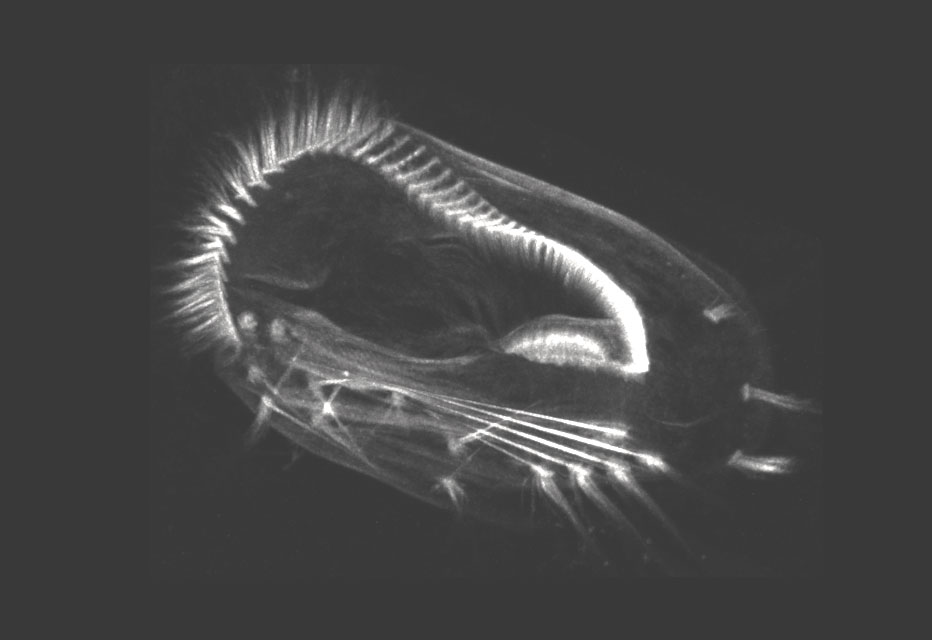A couple of weeks ago I wrote a piece about Euplotes eurystomus and how its internal mechanical architecture acts as a state machine to allow this single-celled creature to behave in ways that seem “intelligent.”
This week, Michelle Starr at ScienceAlert published a nice little summary piece about slime molds that is worth reading in the same context. She highlights a paper from last year that dug into the possibility that oscillations in the cytoplasm of these incredible single-celled organisms might be responsible for their ability to exhibit both cognition and memory.
It’s been a long time since I’d read about slime molds and the research that’s been done in the last couple of decades is really pretty mind-blowing. These single-celled creatures can solve mazes, remember stimuli and act on those memories, and make really remarkable problem-solving decisions to improve their situation.
You should dig into the article and the paper for more details on the specifics, but if you add into the mix the piece I wrote last week about whether or not consciousness is a real phenomenon or not, I am really starting to wonder if cognition and consciousness might not “simply” be the result of a set of algorithms.
We all know that a snail’s shell or the growth of tree limbs are governed by simple formulae and yet result in highly effective physical structures well-suited to their purpose in specific environments. It’s certainly true that the growth of the physical brain seems to be governed by similar sets of algorithms during development.
But what we’re beginning to understand now in “simple” organisms like Euplotes eurystomus or slime molds, is that behavior can also be determined by a simple set of rules. And when those rules interact dynamically, they certainly seem to produce the appearance of what we think of as cognition.
For years we’ve assumed that cognition is the exclusive purview of neurons, but the mounting evidence suggests that neurons are simply one way to produce cognition. Our tendency over time has been to try to understand cognition by reverse-engineering the structure of the human brain, but when you consider hive insects whose colonies appear to exhibit cognitive behaviors as a whole or slime molds or Euplotes eurystomus, maybe what we should really be doing is treating cognition much more abstractly.
Maybe we should be looking for the algorithms that can produce the kinds of “intelligent responses” we see in these lower organisms and then looking for ways the human brain models those same algorithms. Perhaps the “advanced” nature of human cognition is not something unique, but rather the natural result of millions (or even billions) of these very simple algorithms running simultaneously and interacting in real-time?
